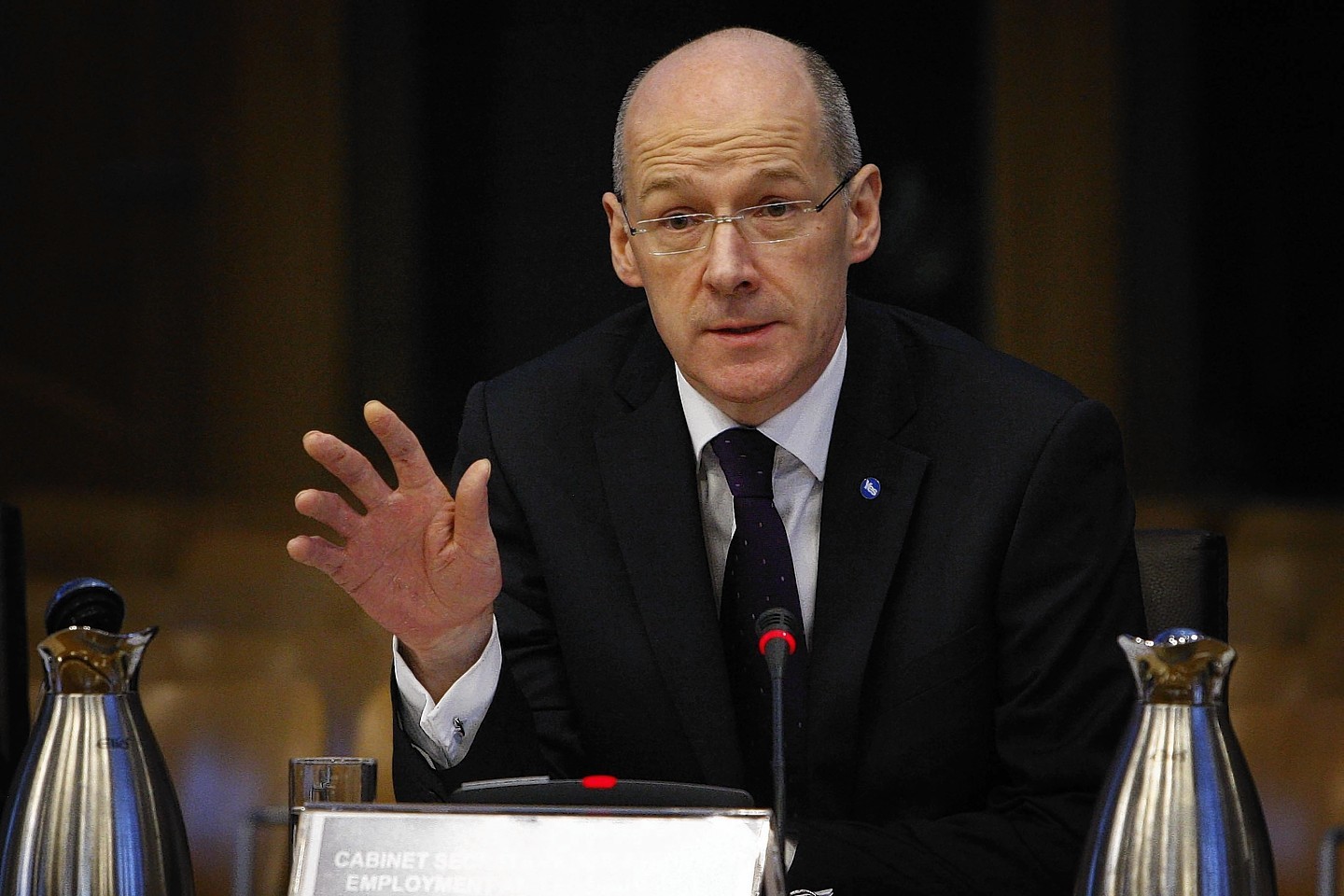Finance Secretary John Swinney has claimed public spending would be maintained in an independent Scotland.
He said the Scottish Government would provide a “credible and sustainable alternative to the current UK Government’s fiscal strategy”.
The SNP minister claimed a “yes” vote on September 18 would allow Scotland to set different priorities for public spending.
Based on current forecasts, the Scottish Government wants to provide £1.2billion of additional investment in the economy in 2017-18 and £2.4billion more in 2018-19.
But Scottish Conservative finance spokesman Gavin Brown said the strategy amounted to the SNP trying to “borrow its way out a deficit”.
And Scottish Secretary Alistair Carmichael claimed the SNP was advocating “flat earth economics” and peddling “utter nonsense” to voters.
The Scottish Government says its balance sheet is forecast to “broadly match” the UK’s in the first year of independence, with public sector debt falling as a share of gross domestic product (GDP).
Mr Swinney said the fiscal position would allow an independent government to support employment, deliver its overhaul of childcare and address inequalities.
He said the approach would still be sustainable as it would ensure that public sector debt continued to fall as a share of GDP, and would remain consistent with any “reasonable requirements” of a sterling monetary union.
Dismissing the claims, Mr Brown said: “It’s starting to get worrying how regularly and casually the Scottish Government says it is going to borrow a billion here, a billion there, in the event of independence.”
Mr Carmichael claimed not one independent organisation thinks that Scotland’s public finances would be ‘broadly in line with the rest of the UK’.
“The Institute for Fiscal Studies estimates that the starting deficit will be nearly £1,000 per head higher,” he added.
“With only 80 days to the referendum the Scottish Government has no currency plan and no idea what the set up costs of independence would be.
“What they have instead is an imaginary fiscal bonanza that complies with a money zone that would not exist.”
